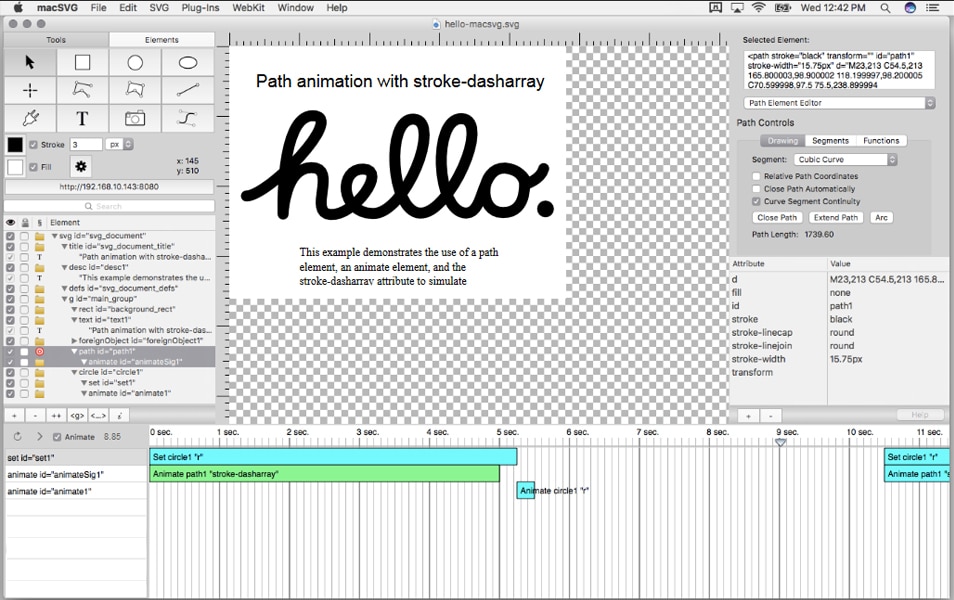

In bbox selection mode, you can resize the selected shapes In vertices selection mode, you can add/move/delete vertices of the shapes. Currently, it should be either 'bbox' or 'vertices'. It indicates the current mode for selection. For example, undo/redo can only be triggered in idle mode.Ĭoncept Selection Mode : The selection mode is displayed near the mode. Some functionality may behave differently in different modes. The mode is default to idle The mode is rect.xxx when drawing a rect The mode is line.xxx when drawing a line and so on. In order to make better use of the editor, you need to learn some basic concepts.Ĭoncept Mode : The mode is displayed in the left of the status bar. The inspector has three tabs: geometric tab lists the geometric and style properties semantic tab displays the semantic label and tags history tab shows the action history and offers undo/redo functionality. The inspector shows properties about the current selected shapes.The status bar displays some useful information including current mode, current selection mode, current view box and current zoom percentage.You can drag and zoom the board, or drag and resize the shapes on the board The board is where shapes display and user interactions happens.The menu bar at the top contains several categories of buttons.

The editor should be easy to be reused in other situations.Īs the above figure shows, the editor consists of several UI components. While the editor is created originally for our algorithm, the editor itself is just a good SVG editor which focuses on editing polygons/polylines and attaching semantic data to them. When all is done, the editor can export both geometric and semantic information to a single json file, which can be parsed by our algorithm easily. For example, we can designate several rectangles as rooms or specify a polyline as a wall. After completing the geometric information, we can use the editor to attach specific semantic information to shapes. The editor can load the image file and display it, then we can draw polygons/polylines imitating the spatial structures on the image. The editor could help us build up the topological relations from a image file. Our algorithm prefers a simple and clean data format so it can focus on processing positioning data and aggregating semantic trajectories. But the main disadvantage is that the output of these tools is too complicated to fit in our algorithm: it is hard to parse and manipulate in our code, and it lacks the abilities of attaching semantic information to shapes. There are sophisticated tools such as Microsoft Visio or Inkscape which can load the image file and make a diagram manually according to the image file. In many cases, we could only get a bitmap image of the floorplan. The spatial topological relations of the floor is one of the key inputs to our algorithm, but it is hard to generate or extract.


 0 kommentar(er)
0 kommentar(er)
